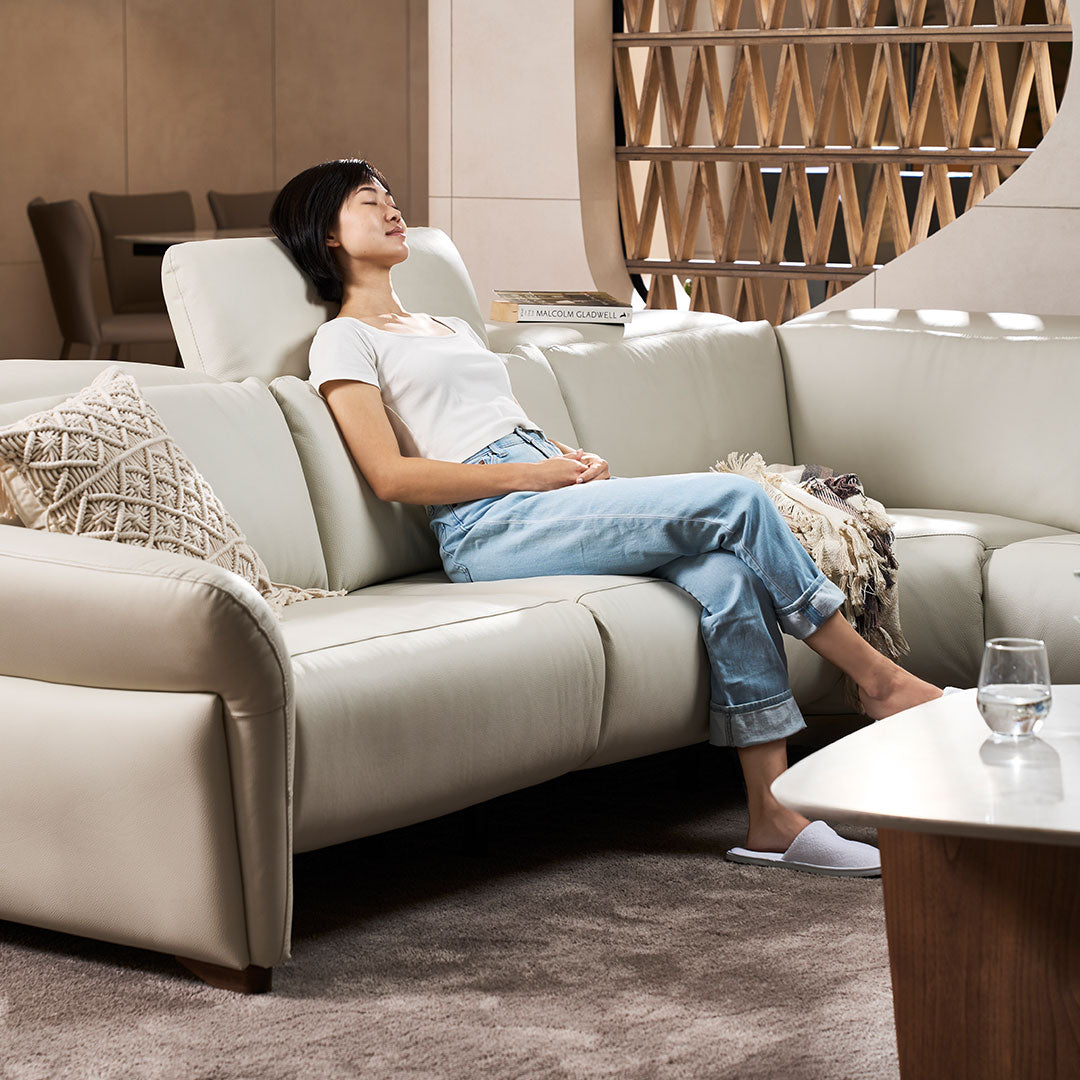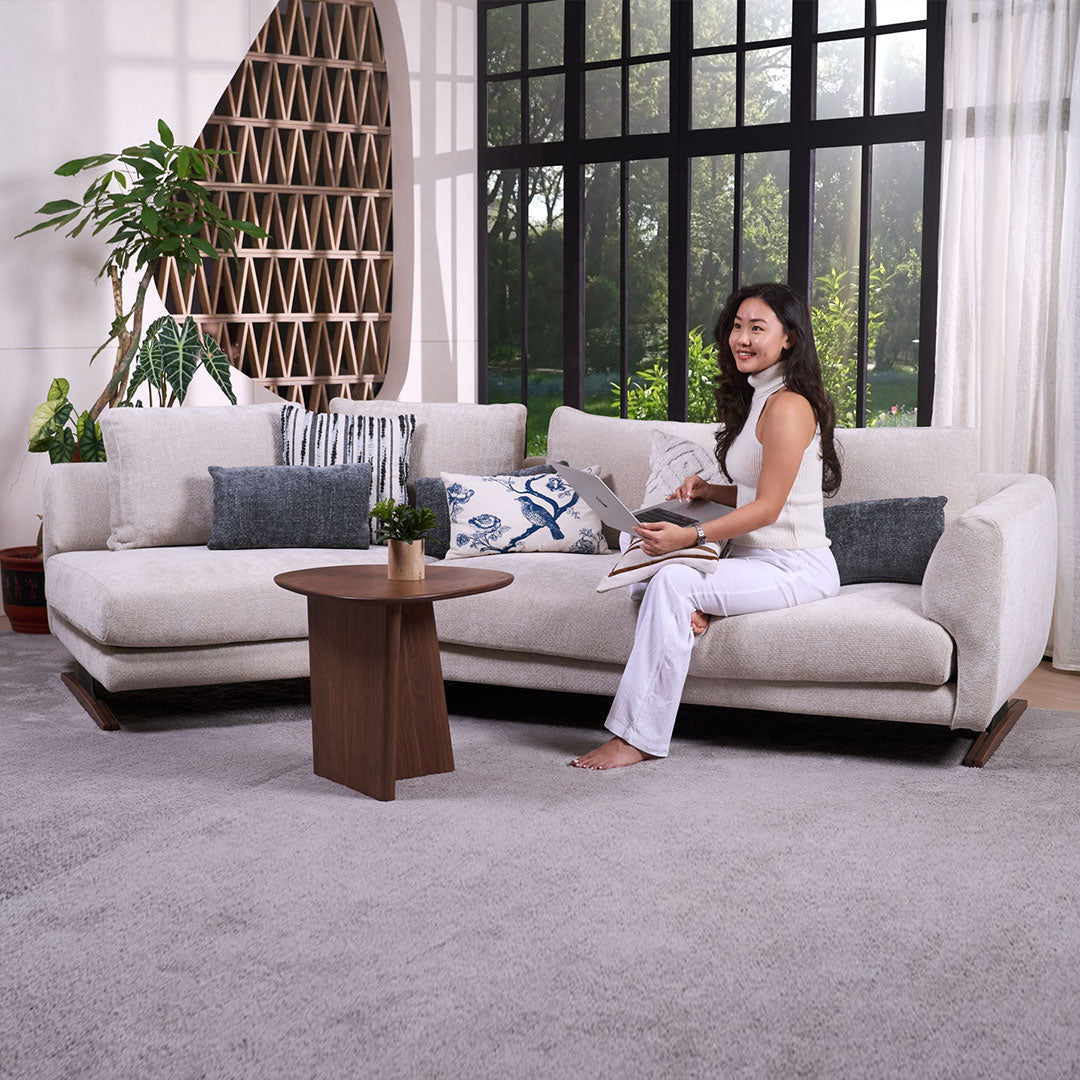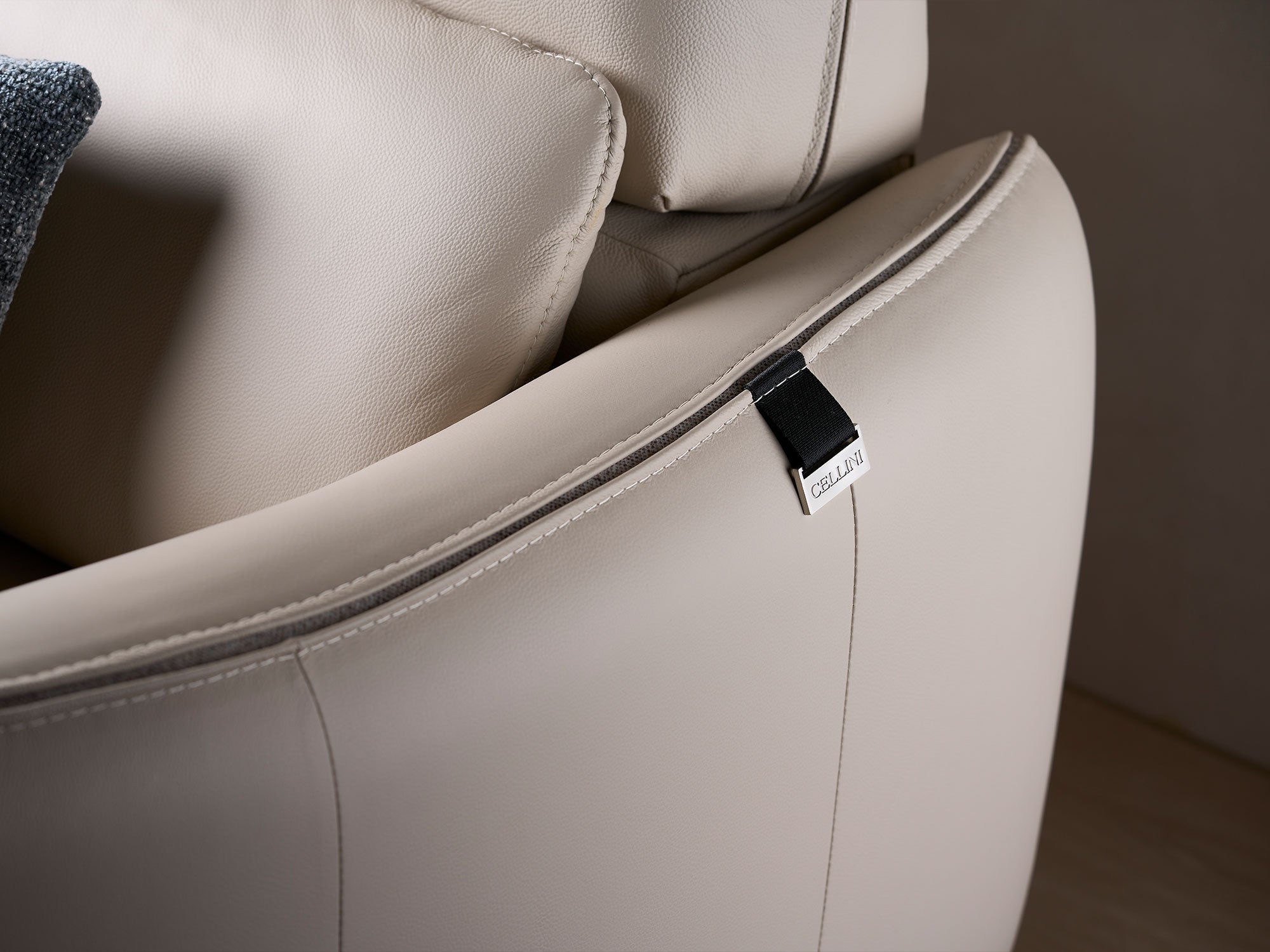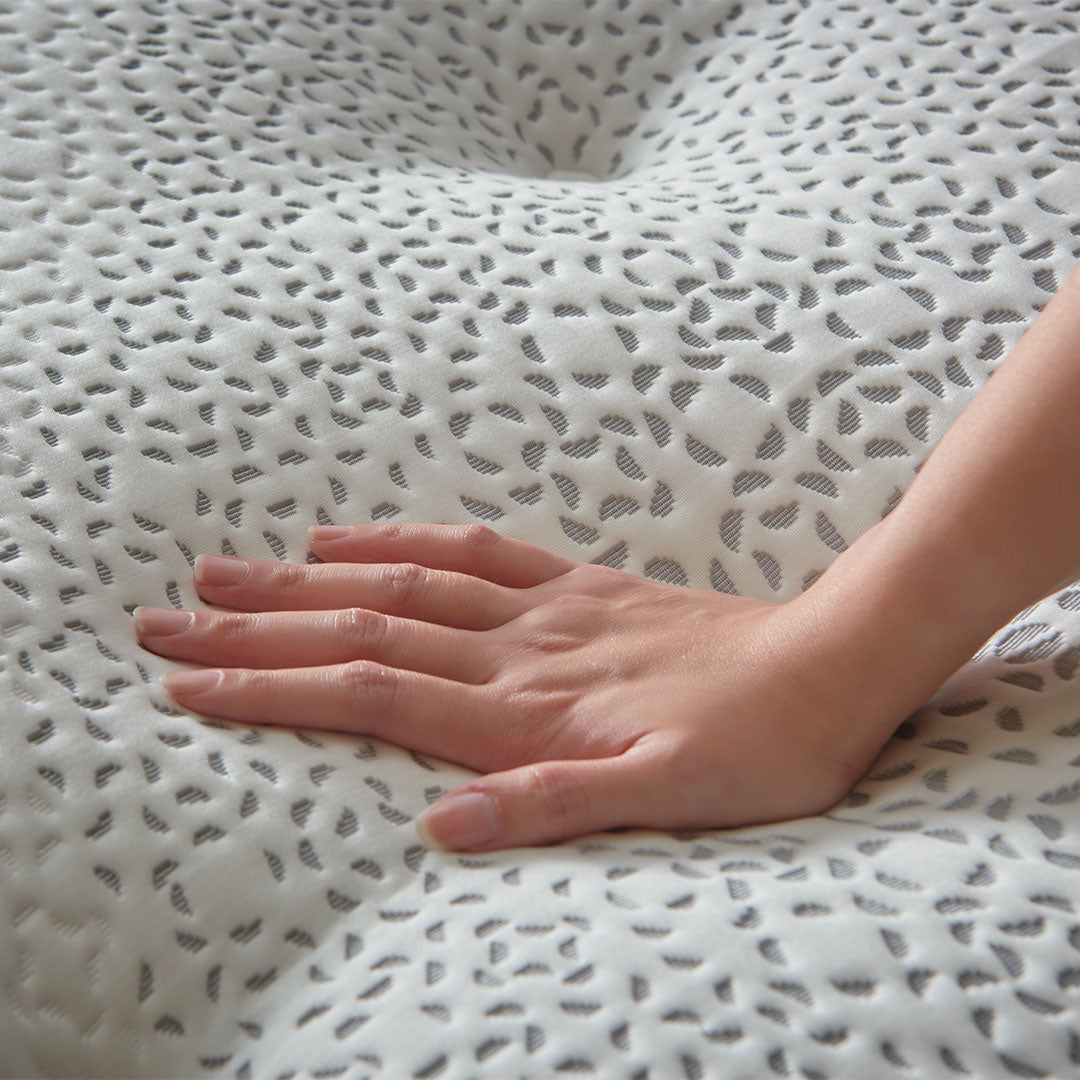 photo by FreePik
photo by FreePik
Furniture dramatically impacts our daily lives, which gives our living areas comfort, usefulness, and visual appeal. Investing in quality furniture is essential, but equally important is ensuring its longevity. By adopting a few fundamental practices, you can significantly extend the lifespan of your furniture, preserving its beauty and functionality for years to come. In this article, we'll explore five crucial factors that contribute to the durability of your furniture.
1. Material Matters

The type of material used in your furniture is a primary determinant of its longevity. The degree of resistance that certain materials will wear, tear, and environmental factors. Like most manufacturers, the furniture is built with medium-density board (MDF), veneered with natural wood sheets and plywood used for construction. Timbers are used primarily in small areas and generally cost a lot more.
When choosing furniture, consider the intended use and placement. For high-traffic areas or spaces prone to spills, select materials that are simple to maintain and resistant to stains. Examine your furnishings frequently for any indications of damage or weakness, addressing issues promptly to prevent them from escalating.
2. Proper Maintenance and Cleaning
For the preservation of the quality of your furniture, periodic cleaning and maintenance are essential. Dust, dirt, and spills can gradually degrade the finish and structure of your furnishings. Develop a cleaning routine based on the specific materials of your furniture.
Dust frequently with a gentle cloth and a mild wood cleaner for deeper wooden furniture cleaning. Avoid abrasive cleaners or excessive water, as they can damage the finish. Upholstered furniture requires regular vacuuming to remove dust and debris, while leather furniture benefits from gently using a moist towel to clean and applying a leather cream and conditioner.
3. Mindful Use and Placement
 photo by FreePik
photo by FreePik
How you use and where you place your furniture can significantly impact its lifespan. It is recommended that furniture is not exposed to the direct sun or close to heat sources; continuous exposure might cause fading, warping, and deterioration of materials. Be mindful of weight distribution, especially for items like sofas and chairs. Avoid overloading shelves and drawers to prevent structural damage. It will be good to avoid sitting in the same spot on the sofa; switching seats helps level out the wear and tear.
Additionally, consider the impact of pets and children on your furniture. Provide protective measures, such as using furniture covers or training pets to stay off certain pieces. Preventive measures can minimise the risk of accidental damage and ensure your furniture remains in top condition.
4. Quality of Construction
 photo by FreePik
photo by FreePik
The construction quality of your furniture is a critical factor in determining its durability. Well-constructed furniture tends to withstand the test of time better than poorly made pieces. Consider details such as joints, hardware, and overall craftsmanship when purchasing furniture.
Inspect drawers, doors, and hinges for smooth operation and durability. Investing in high-quality furniture from reputable manufacturers may initially cost more, but the long-term benefits in terms of durability and longevity are well worth it.
5. Temperature and Humidity Control
 photo by FreePik
photo by FreePik
Fluctuations in temperature and humidity can profoundly impact the integrity of your furniture. Wood is susceptible to variations in moisture levels, expanding and contracting with variations in humidity. Aim for a stable room temperature and humidity level to maintain an optimal environment for your furniture.
Consider using a dehumidifier and a humidifier in humid areas in drier conditions. This helps prevent warping, cracking, and other forms of moisture-related damage. Additionally, avoid placing furniture directly against exterior walls or near vents, as these locations can expose it to temperature extremes.
Ensuring the longevity of your furniture requires a combination of thoughtful selection, proper maintenance, and mindful use. Investing in high-quality materials, practising regular cleaning, being mindful of placement, prioritising well-constructed pieces, and controlling the indoor environment can significantly extend your furniture's lifespan. Implementing these factors will preserve the aesthetic appeal of your living spaces and contribute to a more sustainable and responsible approach to furniture ownership.
Experience our extensive array online or swing by our showroom locations to see the quality and craftsmanship firsthand.







